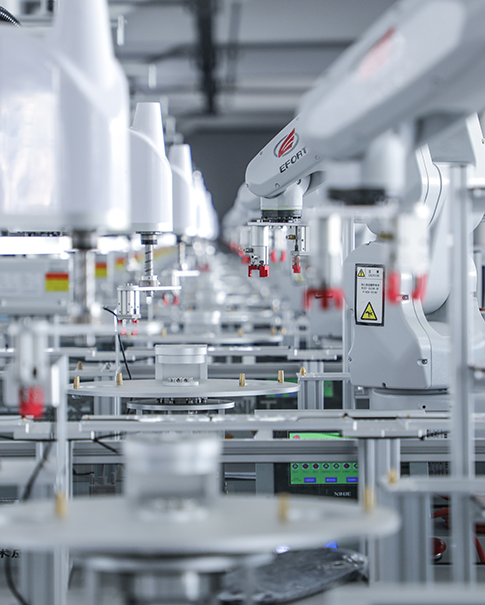The primary control system fails. Without warning, pumps could stop, valves might freeze, and pressure could build to dangerous levels. But thanks to the 1756-RM2 redundancy module, the backup system takes over in less time than it takes to blink - just 20 milliseconds. Production continues uninterrupted, safety systems remain online, and the night shift crew doesn't even notice the hiccup. The 1756-RM2 isn't flashy, but what it does is nothing short of remarkable. Think of it as the most reliable wingman your control system could ever have. While your primary controller is busy running the show, this module works quietly in the background, constantly mirroring every decision, every command, to its twin in a backup chassis. We've all experienced that gut-wrenching moment when a critical system crashes. In industrial settings, that sinking feeling comes with dollar signs attached - sometimes thousands per minute. That's where this module earns its keep. It's not just about preventing downtime; it's about maintaining the rhythm of operations so perfectly that even when things go wrong, the music never stops.
Under the Hood: What Makes It Tick
Let's talk numbers, because in industrial automation, performance matters. The 1756-RM2 moves data between systems at a blistering 1000 Mbps. To put that in perspective, it's like having a team of 100 engineers passing notes at the speed of light, making sure both controllers always know exactly what's happening. But speed isn't its only trick. This module is built like a tank - because in many plants, it essentially lives in one. It shrugs off vibrations that would make other electronics cry uncle, laughs in the face of temperature swings that would fry lesser components, and keeps working through electrical noise that would scramble most communication systems.
Real-World Impact: Where 1756-RM2 Makes All the Difference
In a power plant, 20 milliseconds might be the difference between a controlled response and a cascading failure. For pharmaceutical manufacturers, it could mean saving a batch worth millions. At a municipal water treatment facility, it ensures contaminants never get a chance to slip through during a system transition. I remember talking to a plant manager who'd recently installed these modules. "It's like having an insurance policy that actually prevents accidents instead of just paying for them," he told me. "We sleep better knowing it's there, even though we hope to never need it."
Setting It Up Right: Lessons From the Field
Installation isn't complicated, but there are tricks to getting the most out of these modules. Seasoned engineers always recommend:
Running the synchronization cables separately from power lines
Setting up regular "fire drills" to test failover
Monitoring those diagnostic LEDs like a hawk
One maintenance tech shared a story about how those status lights helped him spot a developing issue weeks before it could cause problems. "It was like the module was trying to tell me something," he said. "Good thing I was listening."
Why This Beats the Alternatives
There are other redundancy solutions out there, but they're like comparing a sports car to a minivan. Sure, both will get you there, but one does it with style and performance that matters when seconds count. The difference between 20ms and 100ms might not sound like much - until it's your plant on the line.
Conclusion
In industries where failure isn't an option, the 1756-RM2 isn't just another component - it's peace of mind. It's that quiet confidence that comes from knowing your systems can take a hit and keep on running. Because in the end, the best redundancy solution isn't the one with the most features or the lowest price - it's the one you never have to think about until you need it, and then works exactly as promised when you do.
 Network Supported
Network Supported